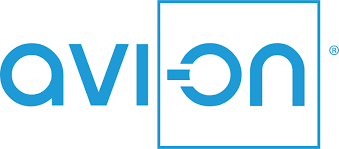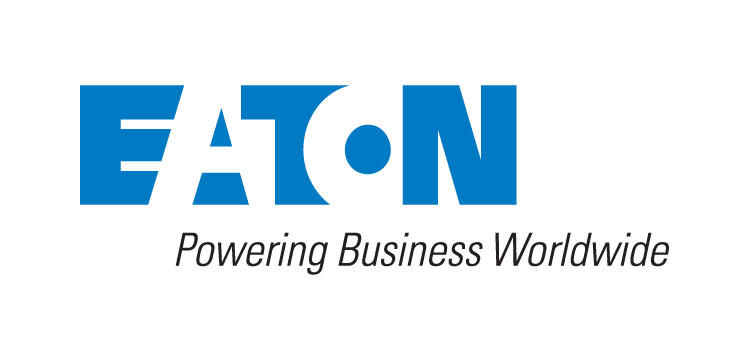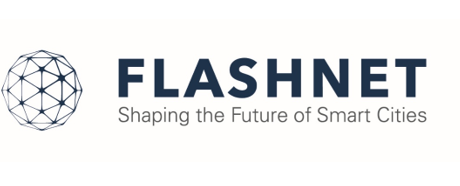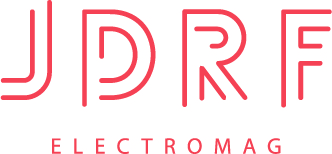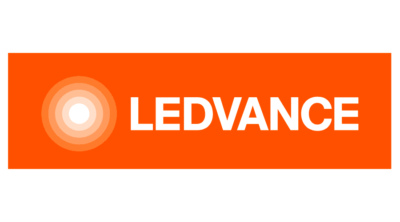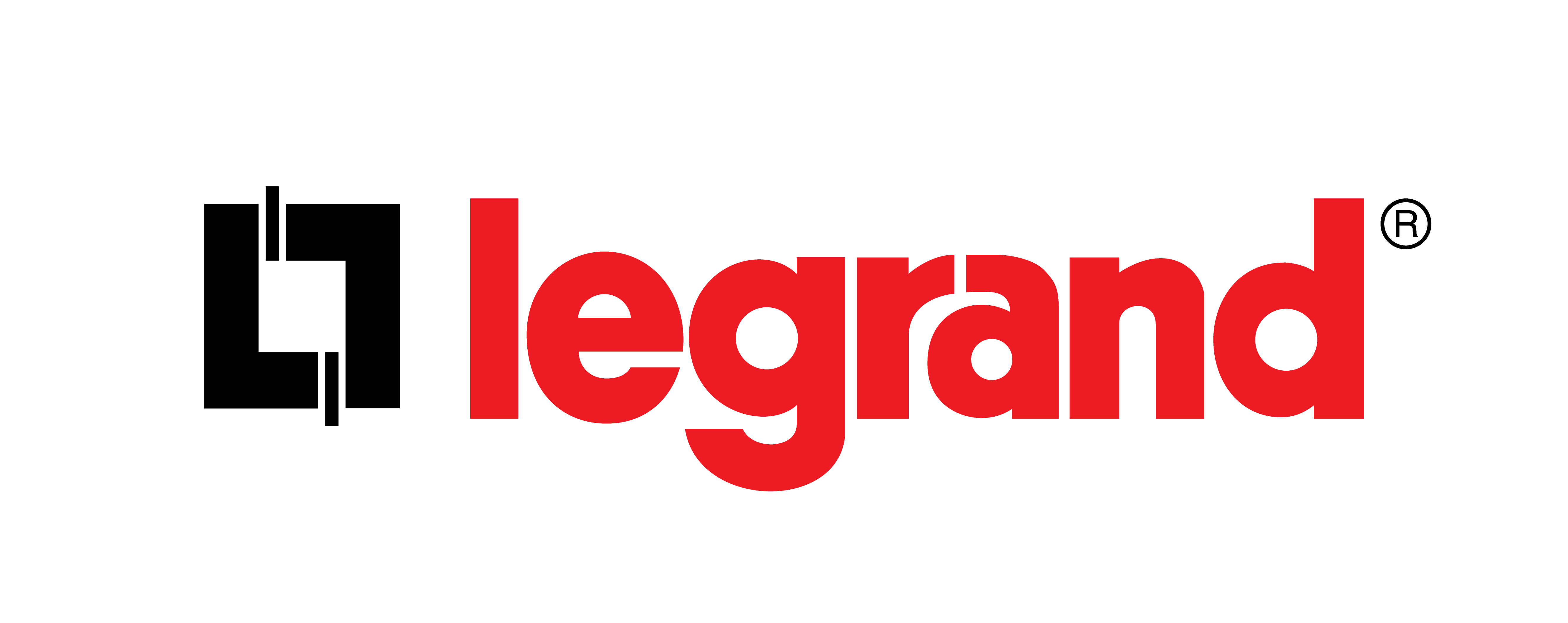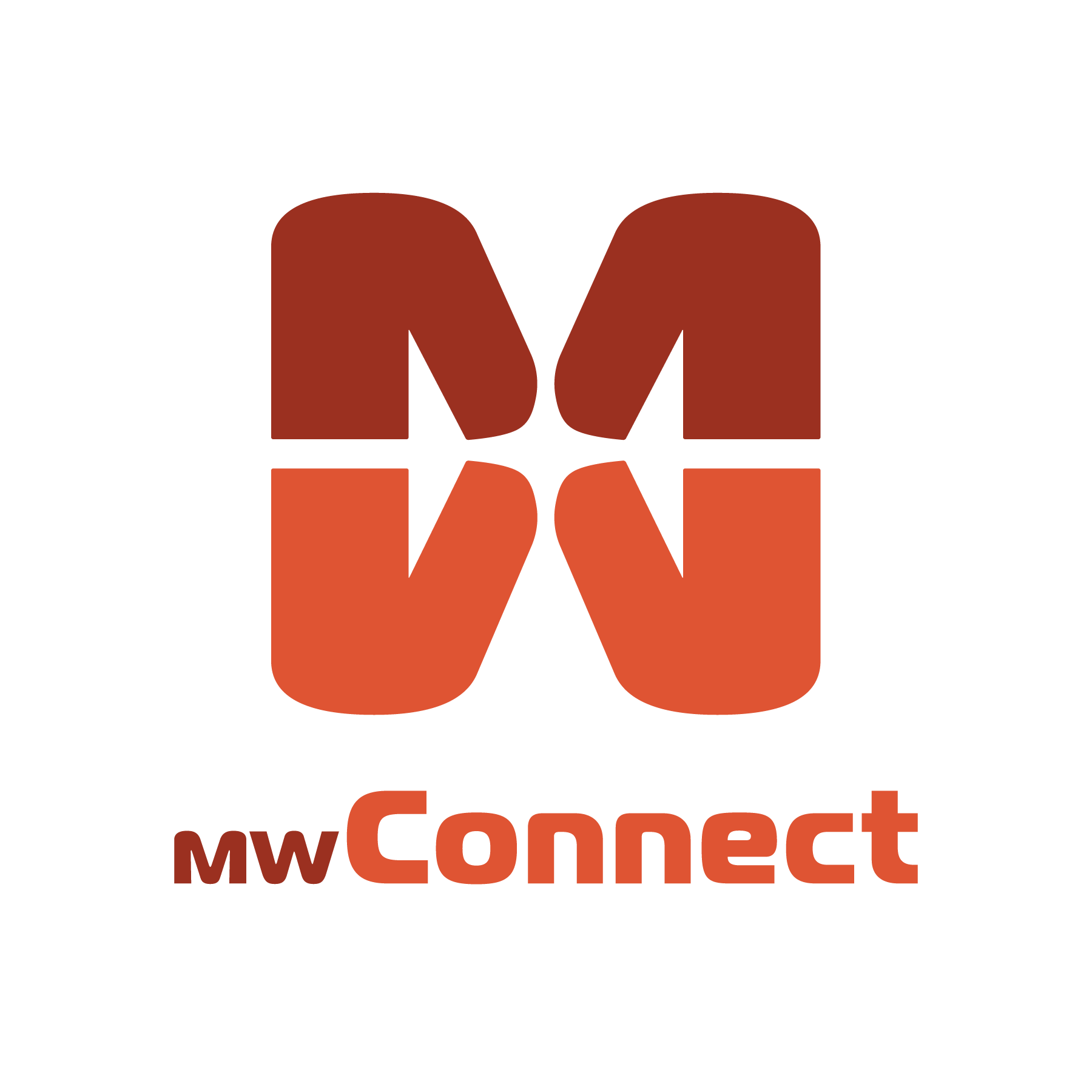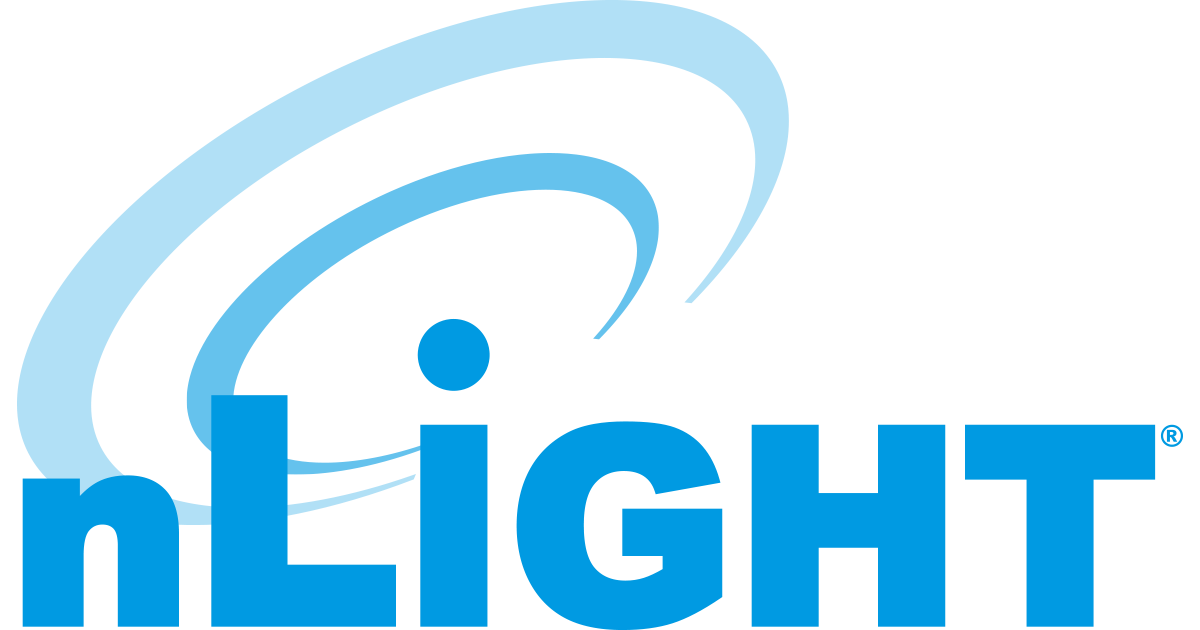 Consumers are frequently turning to experiences that leverage multiple devices and bundle them into distinct service-based ecosystems, says the “Smart Home as a Service” (SHaaS) Research Report recently released by the Continental Automated Buildings Association (CABA).
Consumers are frequently turning to experiences that leverage multiple devices and bundle them into distinct service-based ecosystems, says the “Smart Home as a Service” (SHaaS) Research Report recently released by the Continental Automated Buildings Association (CABA).
The new business model, “Smart Home as a Service” (SHaaS), represents a shift from device-based functions to managed services, and will usher in a new user experience more in-line with customer needs. Ultimately, the speed at which SHaaS emerges will depend on achieving open ecosystems and responding effectively to consumer data privacy and security concerns, the research notes.
Readers can now download a complimentary Executive Summary of this report, which can be purchased in the CABA Store. Top insights include:
- Suppliers Need to Address Consumer Data Privacy and Security Concerns: Because SHaaS requires devices to seamlessly share data in real-time among one another and with cloud infrastructure, consumers are naturally concerned about the privacy of their data and how it will be used. Suppliers and service providers need to build products and services with consumer privacy controls and protections to encourage end-users to take advantage of their offerings.
- Technology Suppliers with Closed Ecosystems are Precluding SHaaS: Some companies seek to maintain their dominance over the Smart Home market by encouraging closed ecosystems where devices can only interact with one another and the hub if they are manufactured by the same supplier. This inhibits SHaaS because it discourages new entrants and multimodal devices that can support multiple Smart Home service ecosystems, according to CABA.
- Shifting Business Models to SHaaS Unlocks New Revenue Streams for Smart Home Suppliers: Even when new technologies and services are delivered, the trend is to move towards a subscription model. Similar to when Uber changed the transportation service industry, SHaaS will disrupt traditional connected-home business models. It will mark a shift away from a traditional model in which customers repeatedly pay charges for new devices, device updates, on-device software applications, and mobile app interfaces for each device—all alongside a stack of monthly bills for cable, internet, water, energy, waste removal, and cellular service.
- SHaaS Will Leverage Devices with Open Network Communication Protocols: The proliferation of Smart Home devices requires interoperability with a Smart Home hub. However, as the hub’s role as the chokehold of the Smart Home ecosystem diminishes, devices will need to interact and share data with other devices as well.
Click here to read the executive summary.


